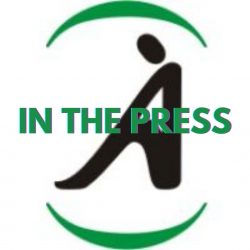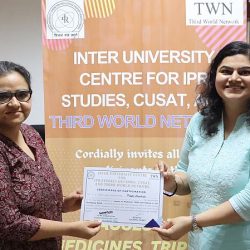A Child In Pain… A Mother’s Suffering
For those who attended the palliative care conference in Fresno last month, it was indeed a powerful experience to listen to a talk by Dianne Gray from the Elisabeth Kübler Ross Foundation.
She talked about how her son was diagnosed with an incurable progressive neurological disease at the age of four, how the family’s lack of communication destroyed her marriage and changed her whole life, how her child suffered because her son’s pediatric sub-specialists were misinformed on the topic of hospice/palliative care and fearful of giving the child morphine.
Eventually, when a palliative care team got involved and gave the child morphine, life became a bit more bearable for the family. But towards the end, he went into intense muscle spasms and agonizing pain. He suffered for 8 days without getting pain relief, or if that was not a possibility, palliative sedation.
A lack of education and communication left the family and some care providers involved feeling inept and saddened by the persistent suffering as they knew this did not need to be the case.
Dianne’s talk was at a conference for developing countries. It left the audience feeling anger at the fact that these things were permitted to happen in a developed country where such practices would not be expected.






As always this web site is heart rending. This report is much so than others as it is about a little child. This story shocked me. I thought that in developed countries there was no problem about administering morphine, even to children. How could such indifference have happened? Lack of training? Does it happen often? It is sad and it angers me.
It happens too often even in developed countries, sadly. Yes, indeed inadequate education of professionals in assessment and management of pain is the reason.
And also perhaps the fact that you can get away with it even if you do not relieve the pain?
Maybe, as a part of medical education, doctors should be sensitised to the “real” purpose of their vocation, which is to see the patient as a human being and not just as a case sheet number or a disease to be treated. They should be made to realise that what they are “really” meant to do is to create a sense of well-being ( freedom from physical distress)in the patient to the maximum extent possible and this should go in tandem with the treatment of the disease, and where there is no hope for cure, till the end of life. A more human and humane approach is what is called for. This can come about only with a change in attitude. And, attitudes are independent of whether we are in a developed world or not.
Such painful situations are common every where. Its just that it is most often taken for granted and don’t get featured.
Exactly. How true. Painful situations are simply taken for granted.
If only people who have suffered could talk to medical students as a routine part of curriculum!
This story is about our family and it basically came down to a few things:
As a caregiver, I was not told that morphine was actually a “good thing” for pain relief. Instead I was told by doctors at the children’s hospital (and others) that yes, he might die when we give it to him. They communicated that there was a direct correlation of one to the other. Only later did I come to learn about the inaccuracies in the communication…and how my own fear prevented proper pain management for my child. I was also trying to deal with my child’s horrific pain issues at the time. So who said what to whom? It is critical that we teach parents early about the positive benefits of a good pain management regimen, which CAN include morphine, prior to being in the midst of a medical crisis.
Also, not all Western physicians are trained in opioid use– especially in pediatrics. So many of them see it no differently than the general public does. They understand the potential dangers but don’t understand how opioids, when dosed accurately, are of such help in breaking the pain cycle. This is why I speak actively on the importance of accurate communication and education on opioids…especially in pediatrics palliative and end of life care cases. I wish I had known then what I know now!